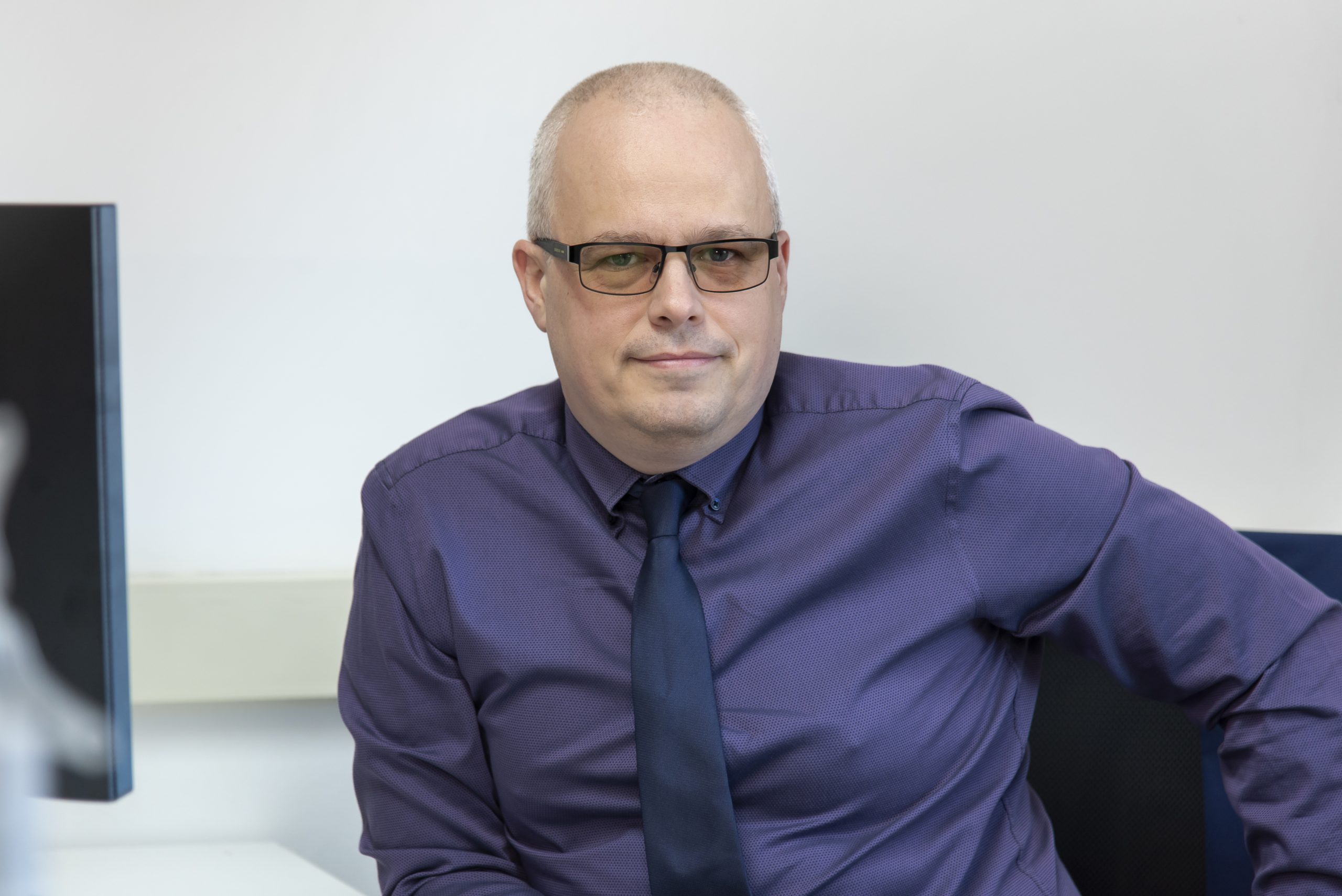Three Sixty Design Solutions is warning that the UK’s infrastructure is ‘nowhere near ready’ in the race to net zero.
Significant government action is urgently required to upgrade electricity and gas networks to keep the country on track for the 2050 target.
Our firm designs solutions to convert energy and heating systems from carbon fuel to renewable power in ageing buildings as well as for newbuild projects nationwide.
We have a long track record in sustainability for a diverse portfolio of private, public and government clients nationwide – including contracts for conversion of multiple buildings at different sites.
Martin Shepherd, our Director of Sustainability and Mechanical Engineering, says: “There are major problems with national infrastructure.
“For example, air source heat pumps for a high-temperature system in a huge building will be power hungry and potentially require new connectivity and a sub-station.
“Switching from natural gas to hydrogen for boilers and systems mean minimal CO2 emissions and it would be simpler as power consumption would not become an issue.
“However, this is some years away and keeps getting delayed because of the cost of converting much of the infrastructure of the gas network.
“Government need to start investing heavily into electrical and gas distribution infrastructure.
“If the country was to switch completely from natural gas boilers to air source systems the whole system would shut down overnight.
“In addition, the rising numbers of electrical vehicle chargers going into homes will have a massive impact at some stage.
“In my opinion, conversion to hydrogen would be the optimum solution as we can fit hydrogen ready boilers now which can run on natural gas until they are switched over.
“At the moment the country’s infrastructure is nowhere near ready for the drive to net zero. Greater government investment is urgently required along with funding schemes for businesses and organisations which recognise requirements for whole systems rather than individual components.”
Martin adds: “There is also a great deal of educational work to do to raise awareness about sustainable solutions.
“For example, Installing a ground source heat pump may tick a box for carbon reduction but its heating system is designed to operate from a boiler so its distribution systems may need modifying or replacing.
“For optimum solutions and efficiency which focus on the end user, it is important to undertake a feasibility study first to look at all the options and then decide the best way forward.
“Some 40% of the UK’s carbon emissions come from buildings so there is a lot of work to do.
“There are so many different elements to be factored in, including the unpredictable nature of future development and energy requirements.
“It is a huge logistical challenge and not one that is going to be easily solved.”
The government introduced the 2050 net zero target in 2019, to achieve a target of at least a 100 per cent reduction of greenhouse gas emissions compared to 1990 levels. This includes intermediate targets of 68% by 2030 and 78% by 2035.
It says that 40% of the UK’s carbon emissions are linked to the built environment, including emissions linked to heating buildings, the energy they consume to support operations and the operation of transport infrastructure.
Our disciplines are architectural services, building surveying, structural engineering, mechanical engineering, electrical and fire engineering, specialist surveying, project management and acoustic services.
Our long track record in sustainable solutions includes complete decarbonisation of a MoD facilities, an estate wide sustainability spend to save scheme of circa £30M, a major waterfront complex with a variety of structures and decarbonisation assessments for a major government department.
Our team uses the latest software to create exact 3D digital replicas of buildings with profiles incorporating a century of meteorological data, occupancy numbers and commutes.
They take a fabric first approach focusing on carbon reduction and energy loss eradication measures for the building envelope such as reflective glass to reduce solar gains, insulation and air tight windows before heating and ventilation systems are factored in.
Feasibility studies can then be drafted with a number of cost-effective options, including valuation engineering, depending on the client’s requirements and budget.
With capability for all RIBA stages from 0-7, the Three Sixty Design Solutions team will also feed back on contractor proposals and monitor installation work.
The government has made funding available for public sector organisations through its Salix initiative, which has provided £2.7bn to more than 21,500 projects from 2004 to 2022.

Martin says: “It is important that clients consider all angles of a project before putting funding in place.
“We have dealt with clients who have gained Salix funding for an air source heat pump but not the distribution system, for example.
“Performing a feasibility study first means that right level of funding can be applied for or allocated to create a system that fits requirement and meets the needs of the end users.
“Then it will work more efficiently, and we avoid band aid style measures in favour of holistic, strategic solutions which truly save carbon, energy, money and the planet.”
With a maxim of ‘define, design, deliver’, we provide professional services through the project lifecycle from conception to completion.
We are one of the few leading multi-disciplinary practices with in-house mechanical and electrical engineering divisions.
Specialities include air conditioning and comfort cooling solutions, renewable and sustainable energy solutions, building management control systems, asset data management and M&E condition surveys and reports.
Please contact us to find out how we can help you hit your net zero goals.

